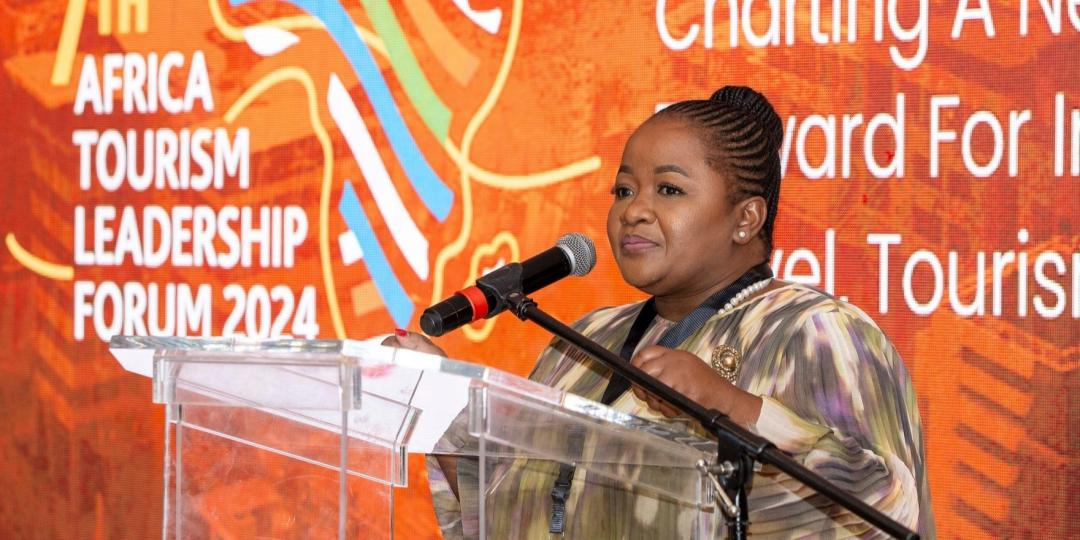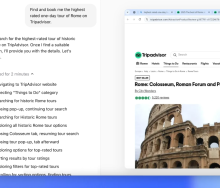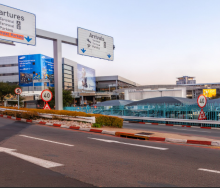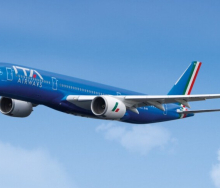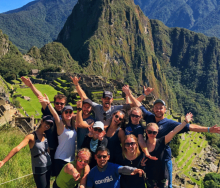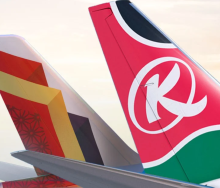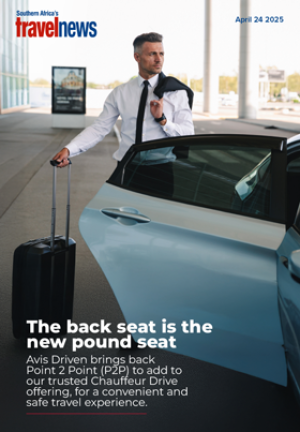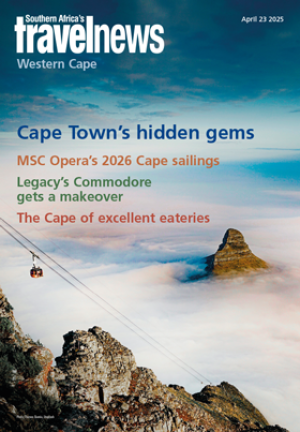Botswana’s tourism sector is set for an exciting new era of diversification, linked to the implementation of the country’s MICE strategy and the newly formed Botswana Air Access project, along with stimulation of urban tourism.
Speaking to Travel News on the sidelines of the recently concluded Africa Tourism Leadership Forum (ATLF) in Gaborone, Keitumetse Setlang, CEO of the Botswana Tourism Organisation (BTO), said the formal adoption of a MICE strategy had laid strong foundations for multi-stakeholder growth of the sector.
“Without such a strategy we have not been able to quantify returns and guide the sector forward. We can now guide the management of events for optimal impact and pre-plan for what we intend to do a year in advance,” said Setlang.
Nnaniki Makwinja, Botswana’s Minister of Environment and Tourism, said the country’s hosting of ATLF over the past three years was a prime example of the economic benefits that MICE could bring to the country.
“This has been a crucial platform for Botswana, resulting in a socio-economic impact of BWP44 million (R58 million) that extends throughout the entire tourism value chain in Gaborone,” said Makwinja.
She added that the event had provided a total media coverage value of over BWP12million (R16 million), while generating over 10,6 million impressions on social media.
Setlang urged the entire sector to rally behind the country’s MICE strategy.
“We need everyone within the tourism sector to play their part in supporting this, because tourism depends upon aviation, road networks, infrastructure development, customer service improvements and the promotion of culture.”
She stressed that government’s intensive engagement of the private sector in all deliberations around tourism policy and development opportunities had been key to the sector’s advancement.
“We cannot draft a policy that does not include the private sector. They are involved at the inception and building of the framework, through to operations and the entire life of every project we carry out.”
Opportunities for diversification
While Botswana’s high-end, low-impact tourism model has been the industry’s central pillar, increasing focus is being placed on the diversification of the sector through urban tourism and development of mid-market offerings.
“Our tourism is mainly concentrated in the northern areas of the Okavango, Chobe, Makgadikgadi and the Tuli Block. While these will always be very important for tourism delivery in Botswana, it’s important to look at other growth opportunities,” said Setlang.
Prepared by UN Tourism for the Ministry, the 2022-2032 Tourism Master Plan splits the country up into eight tourism development areas (TDAs), with the aim of broadening the sector’s geographic spread.
UN Tourism, in close partnership with government, is currently conducting a scoping mission to explore the opportunities in TDA 1, which incorporates Gaborone and surrounds.
Mokwena Morulane, MD of the Cresta Marakanelo group of hotels, told Travel News that the development of tourism products in Gaborone would underpin the success of the MICE strategy.
“One of the challenges for us as operators and for the BTO to take on is to be deliberate about not just attracting business travellers but extending length of stay. So when they come to the city, we should be giving them compelling reasons to stay and spend money on activities and at our restaurants,” said Morulane.
Commenting on the wealth of new camps and lodges springing up in areas such as the Okavango and Chobe, Morulane emphasised that a forward-thinking approach to diversifying tourism would help to mitigate the potential for future overtrading in popular tourist areas.
“It’s a difficult balancing act for government. There is a risk of overtrading and the danger of eliminating the exclusivity that Botswana is known for but at the same time we want to open up the sector, bring in foreign currency and create jobs.”
The Ministry has highlighted that the best opportunities for diversification lie in joint ventures for hotel expansions and start-ups along the Trans-Kalahari Highway (joining Botswana and Namibia) and development of lodges in the Kgalagadi Transfrontier Park, Central Kalahari Game Reserve, Makgadikgadi Pans National Park, and forest reserves surrounding Chobe National Park.
Cresta opened the doors on its new hotel in the small southern Botswana diamond mining town of Jwaneng – along the Trans-Kalahari Highway – in July. Morulane said further opportunity lay within towns such as Selebi-Phikwe, another diamond mining hotspot in the Central District.
“This is being developed as a special economic zone and presents great potential in terms of its mining history and potentially opening up an underground mine for tours. We need to sell these other areas of Botswana as tourism nodes.”
Air access to catalyse tourism
Setlang said the August launch of the Botswana Air Access project – backed by the country’s major aviation, investment, trade, business and tourism and hospitality stakeholders – was a significant milestone.
“Through the MoU we now want to work together to ensure we attract airlines to Botswana from both a tourism and trade point of view. The expansion of Air Botswana has come at the right time and the signs are encouraging in terms of growing new markets,” said Setlang.
Air Botswana’s expansion will see the launch of routes from Gaborone to Durban and Kruger Mpumalanga International Airport, Maun to Cape Town and Windhoek, and Kasane to Windhoek and KMIA.
The national carrier’s CEO, Lulu Rasebotsa, hinted during ATLF that the airline was eyeing additional frequencies to South Africa and a new route to Mozambique as part of its regional expansion plan.

